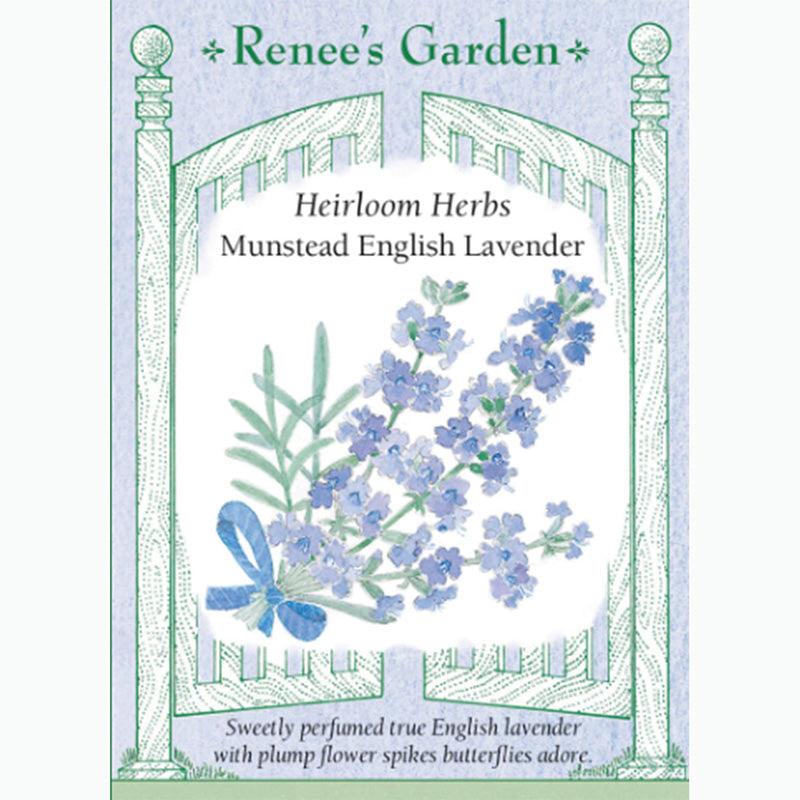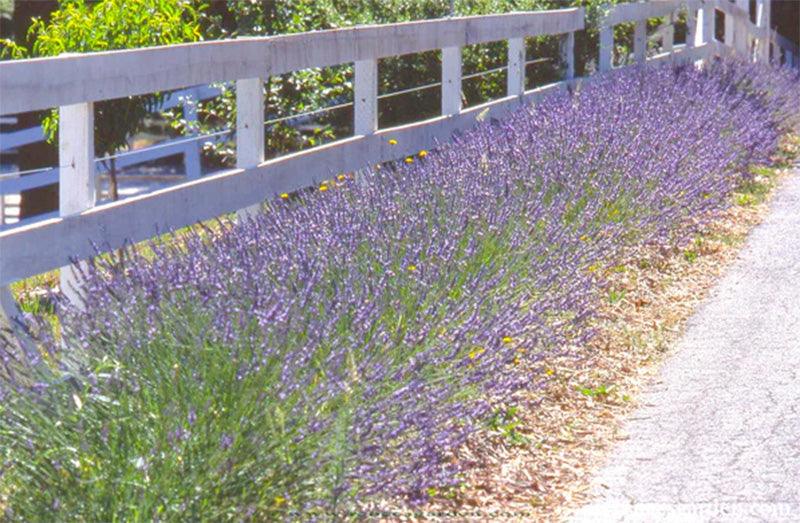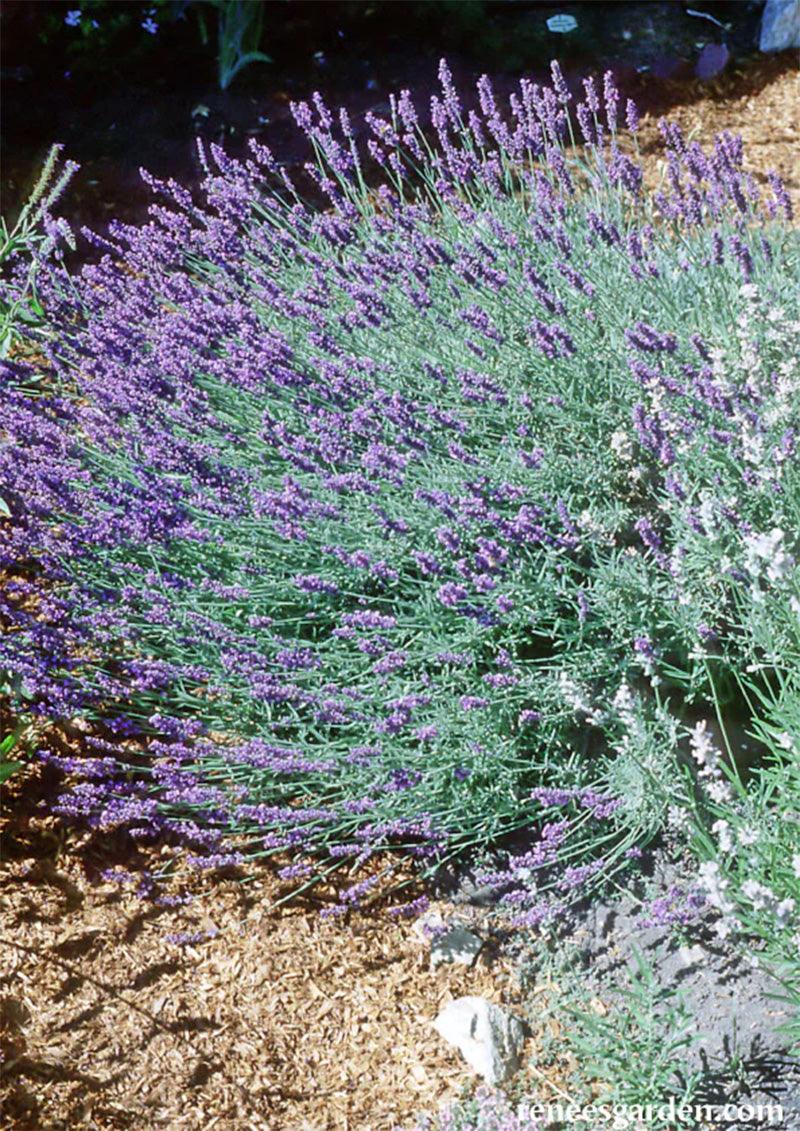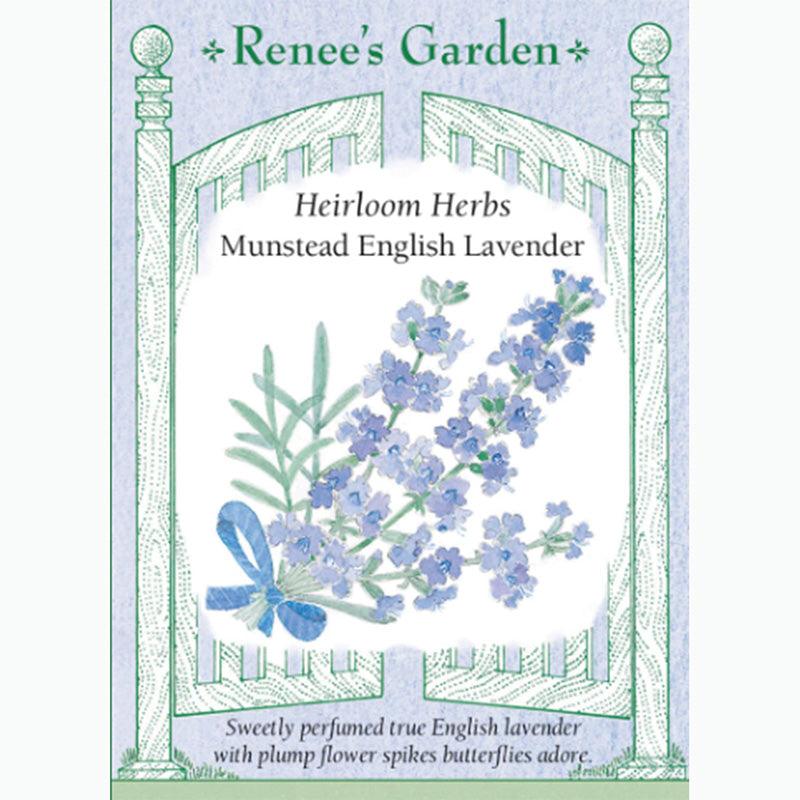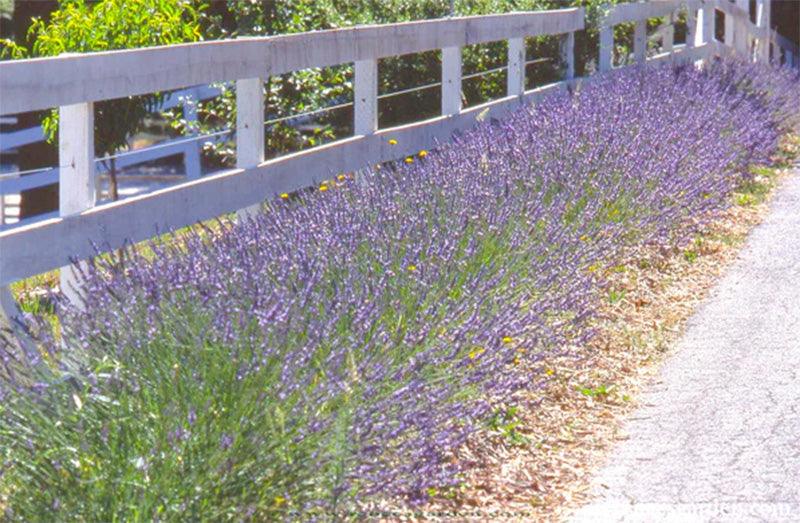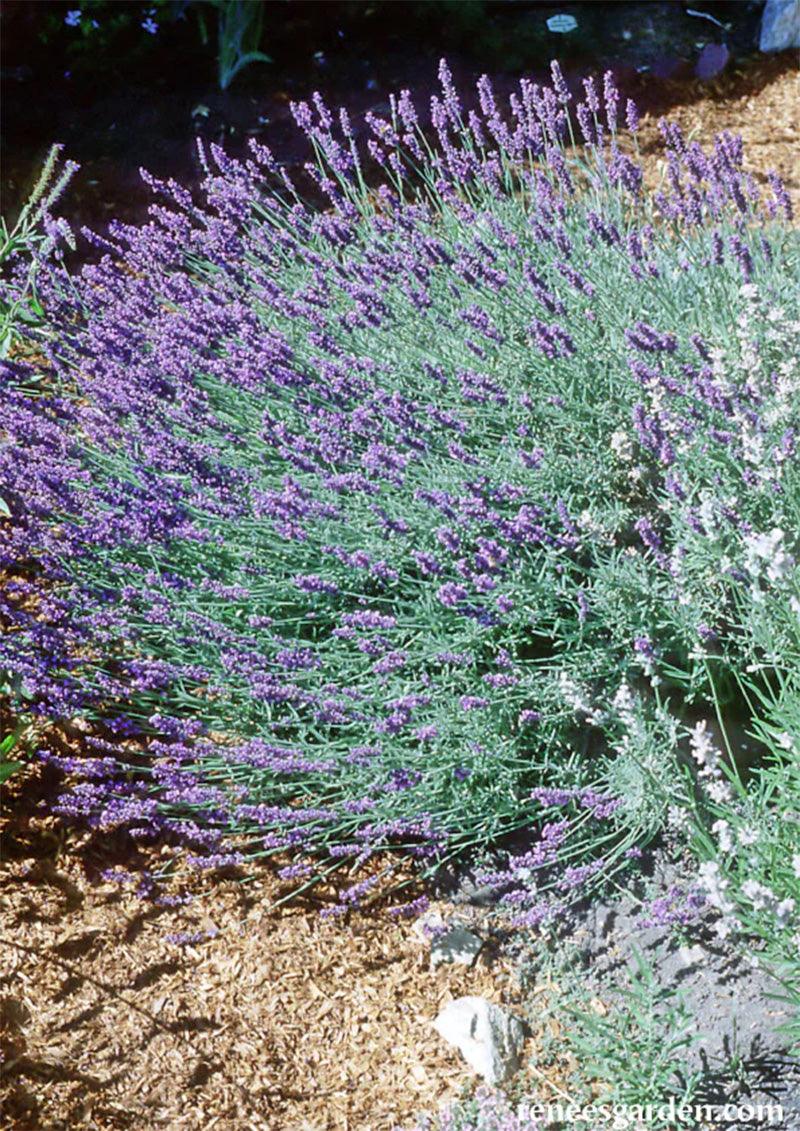Item Number: SNV5026
Munstead English Lavender Seeds
Floral Bliss Unveiled
Garden Munstead English Lavender, scientifically known as Lavandula angustifolia 'Munstead,' originates from England and stands out among various lavender cultivars for its exceptional fragrance and ornamental beauty.
This cultivar boasts slender, aromatic foliage that forms compact, bushy mounds. The Munstead variety displays spikes of fragrant purple-blue flowers that sit atop sturdy stems, creating a striking visual display in gardens, borders, or containers.
Although English Lavender isn't grown for its fruit, its flowers possess a sweet, floral flavor that makes them suitable for culinary purposes. The dried flowers are often used to infuse teas, flavor baked goods, or add a delicate touch to various dishes, imparting a subtle floral taste.
Cultivating Garden Munstead English Lavender from seed requires specific growing conditions. Lavender thrives in well-draining, sandy or loamy soil with a slightly alkaline pH between 6.4 and 8.2. Planting from seed involves sowing them indoors in seed trays or containers filled with a seed-starting mix. Cover seeds lightly, as they need exposure to light for germination. Maintain consistent moisture and warmth, with temperatures around 70-75°F (21-24°C) for successful sprouting.
Transplant seedlings outdoors into well-drained soil once they've developed a few sets of true leaves and after the last frost date has passed. Space plants about 12-18 inches apart to allow proper air circulation. Lavender thrives in full sun, requiring at least 6-8 hours of sunlight daily.



Check Your Zone Compatibility:
Compatible with your zone.
Growing Zone for

Our Guarantee To You
Since 1976, we've served our customers at every stage of growing. Please contact us at any time. We are happy to support and assist you.
Shipping Information
Shipping Information
Shipping Weight: 0.01 lb
Dimensions: 4.5"L x 3.125"W x 0.1"H
Features
Features
- Attracts Bees/Butterflies
- Container Compatible
- Fragrant
- Good Cut Flower
- Good for Drying
- Heirloom
- Long-Lived
- Open-Pollinated
- Somewhat Drought Tolerant
- Suited to Warmer Climates
- Useful for Ornamental
Characteristics
Characteristics
Planting & Care
Planting & Care
Soil & Water: Plants need good drainage and moderate soil fertility. Once established only needs moderate water.
Planting & Growing: Start indoors 8-10 weeks before the last frost, barely covering seeds (requires light for germination). Keep moist but not soggy. Seeds germinate very slowly. Transplant into the garden when seedlings have 2-3 sets of true leaves and after danger of frost has passed.
Harvesting & Storage: Plants will bloom moderately in the first year and come into full bloom the second year. Plant can be shaped after the bloom to keep compact. Remove flowers and use either fresh or dried.
Useful Information
Useful Information
Guarantee
Guarantee
Share
